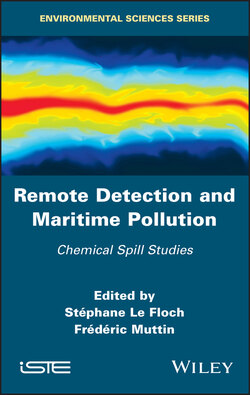Читать книгу Remote Detection and Maritime Pollution - Группа авторов - Страница 13
1.2. POLLUPROOF project 1.2.1. Objectives
ОглавлениеThe POLLUPROOF (PROOF improvement of HNS maritime POLLution by airborne radar and optical facilities) project would enhance the capabilities of French Customs to detect, locate and classify pollutants (other than hydrocarbons) originating from ship emissions (including particulates), in order to collect evidence for the prosecution of offenders while ensuring an effective intervention in the case of accidental discharge at sea.
The project is funded by ANR ECO-TECH 2013, and the members of the consortium have a recognized and complementary expertise in the field of aerial detection and marine pollution: ONERA, DGDDI, CEDRE, CEPPOL, Agenium, AVDEF and DRDC. In addition to the consortium, Transport Canada (TC) acts as an end-user and member of the steering committee. The project began in January 2014 and concluded in mid-2017.
The objectives of this project are:
1 1) to verify the ability to detect, locate and classify at least three of the six most noxious liquid substances transported by sea in Europe;
2 2) to achieve a reduction of spilled noxious liquid substances equivalent to the level for hydrocarbon emissions;
3 3) to develop a stronger policy to control the release of noxious gases within the sulfide emission control areas (SECA).
These objectives will be achieved by:
– deployment of radar (SAR/SLAR) and optical sensing (hyperspectral cameras) capabilities for detecting liquid pollutants at sea;
– evaluation of the complementarity of optical and radar information;
– identification of gaseous discharges of engine emissions and liquid pollutants using hyperspectral analysis.
To accomplish these activities, the POLLUPROOF project will analyze the needs of French Customs regarding aerial detection and will proceed with:
– calibration of optical measurements on liquid pollutants in mesoscale (test-tank) experiments located at CEDRE;
– airborne measurements of sea spills using hyperspectral optical and radar sensors, following the test-tank analysis;
– algorithm development for detection, location and classification of pollutants. The consortium will then produce a data gathering evidence methodology. French Customs staff will evaluate the effectiveness and applicability of these advances using a human–machine interface.
